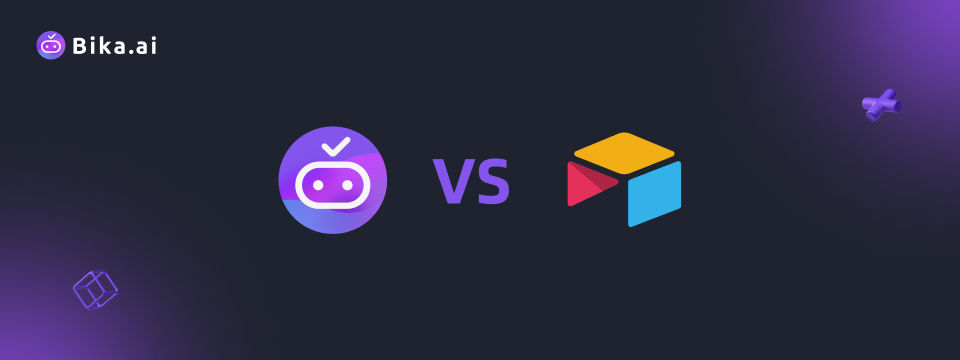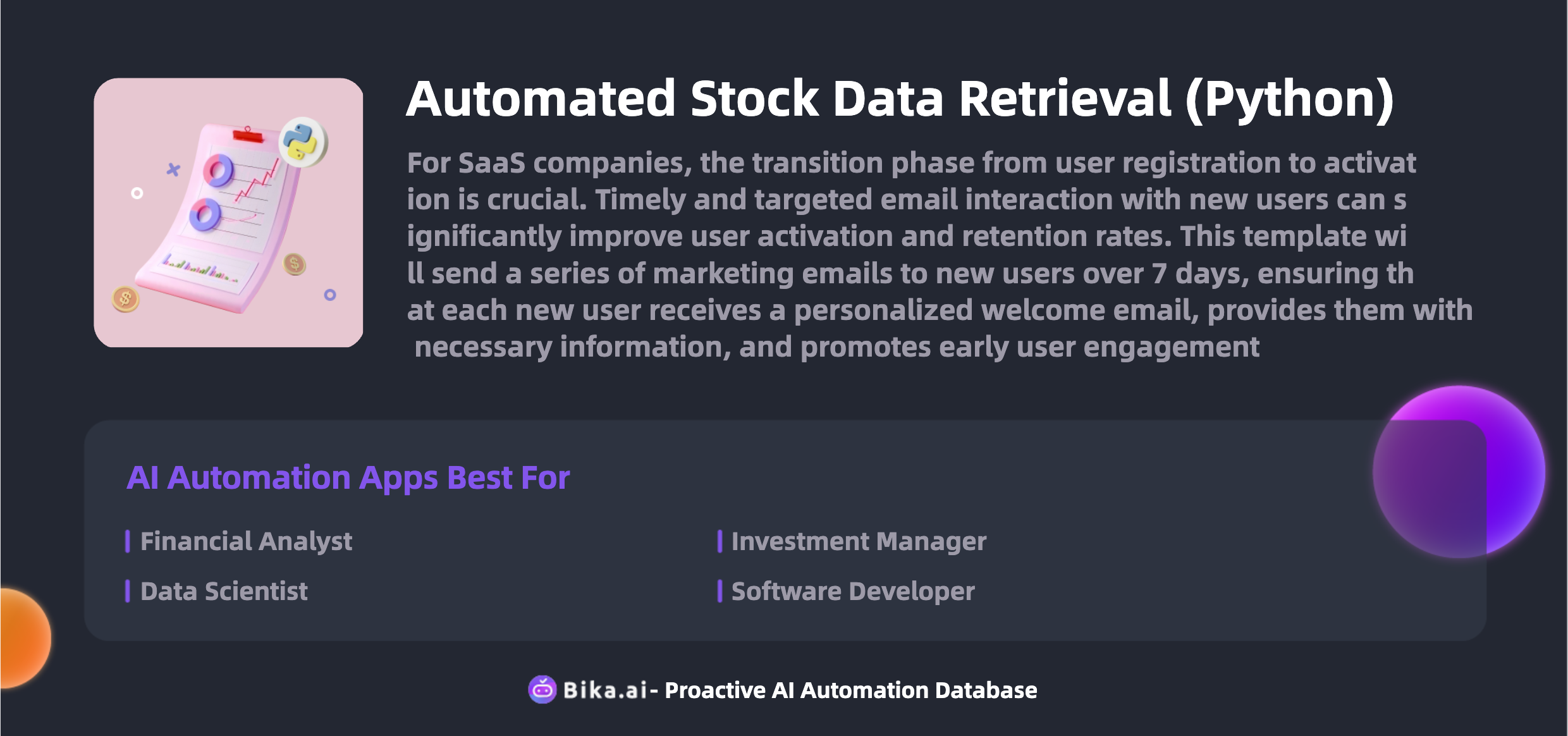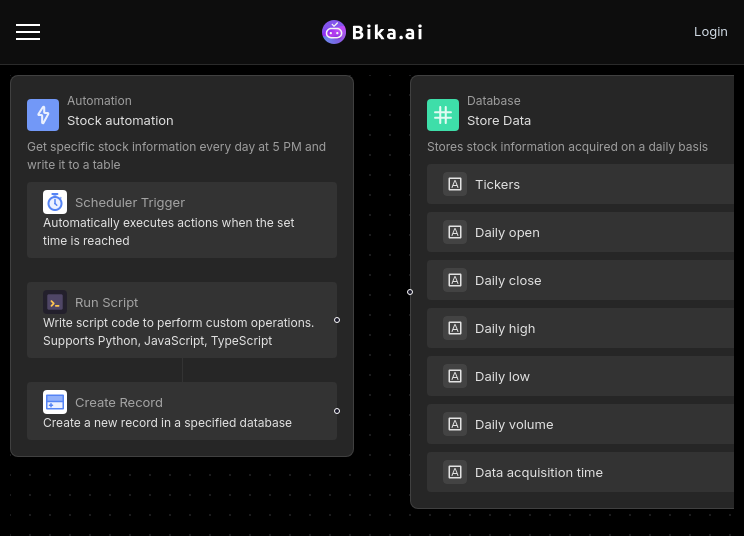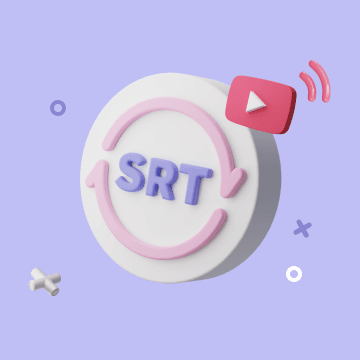
Bika.ai vs Airtable: To Data pipeline creation
The Challenges in Data Pipeline Creation and the Emerging Alternatives
Data pipeline creation is no easy feat. It often requires seamless integration of multiple data sources, efficient data transformation, and reliable data storage. Many turn to traditional tools like Airtable to handle these challenges. However, there's a new player in town - Bika.ai. Its Automated Stock Data Retrieval (Python) template is making waves and offering a fresh perspective on data pipeline creation.

Airtable vs Bika.ai: Key Features At a Glance
Let's take a look at how Airtable and Bika.ai stack up against each other in key areas related to data pipeline creation:
| Feature | Airtable | Bika.ai |
|---|---|---|
| Pricing | Free provided, paid plans from $20/user/month | Free provided, paid plans from $9.99/user/month |
| Platform Type | No-code database | No-code AI automation database |
| Ease of Use | Base structure is geeky for non-tech users | Directory tree is easy to use and user-friendly for general users |
| Records per Database | Up to 125,000 records per base for Business plan | Up to 1,500,000 records per database for Team plan |
| Automation | Basic automation capabilities with limited triggers and actions | Advanced automation capabilities with extensive triggers and actions |
| Template | Templates don’t include automation capability; no automation publish and share | plenty of plug-and-play AI automated templates with preset content; supports automation publish and share |
| Storage | 100 GB of attachments per base | 800 GB per space |
| API | Limited APIs | API-first platform making every feature an integration endpoint for automation |
It's clear that Bika.ai brings some significant advantages to the table.
Bika.ai's Focus on Data Pipeline Creation Research and Feedback
Bika.ai has conducted in-depth research and gathered practical feedback on the data pipeline creation scenario. This has allowed them to tailor their solution to the specific needs of the audience and market. The result? A tool that boosts efficiency and saves precious time.

The Value of Data Pipeline Automation for Team Collaboration
The automation of data pipeline creation offers a plethora of benefits for team collaboration. It leads to increased efficiency, substantial time savings, reduced errors, customization options, convenience, and cost savings. Professionals such as financial analysts, investment managers, and data scientists can all reap the rewards.

How to Use Bika.ai's Automated Stock Data Retrieval (Python) Template
The Automated Stock Data Retrieval (Python) template from Bika.ai simplifies the process of fetching specific stock information daily and saving it to a table. This enables users to effortlessly track and analyze stock trends, saving time and improving investment decisions.
Making the Switch from Airtable to Bika.ai
Switching from Airtable to Bika.ai is a straightforward process. Just follow these steps:
- Export your data from Airtable in a CSV or Excel format.
- Sign up for Bika.ai and use its data import tools to transfer your data.
- Set up your automation templates in Bika.ai to start experiencing the benefits of AI automation right away.
So, if you're looking for a more efficient and capable data pipeline creation tool, Bika.ai's Automated Stock Data Retrieval (Python) template might just be the answer you've been waiting for.

Recommend Reading
- Maximize Team Efficiency with WeCom Scheduled Notifications: The Ultimate Solution
- Unleashing the Potential of Automated Stock Data Retrieval for Financial Analysts
- Enhancing Team Efficiency with Automation Call to Third-Party AI Platform for Text-to-Speech
- The Game-Changing B2B AI CRM for Business Development Managers
- LinkedIn Post Automation: Airtable Alternative to Engage with audience
Recommend AI Automation Templates

Coming soon


Coming soon


